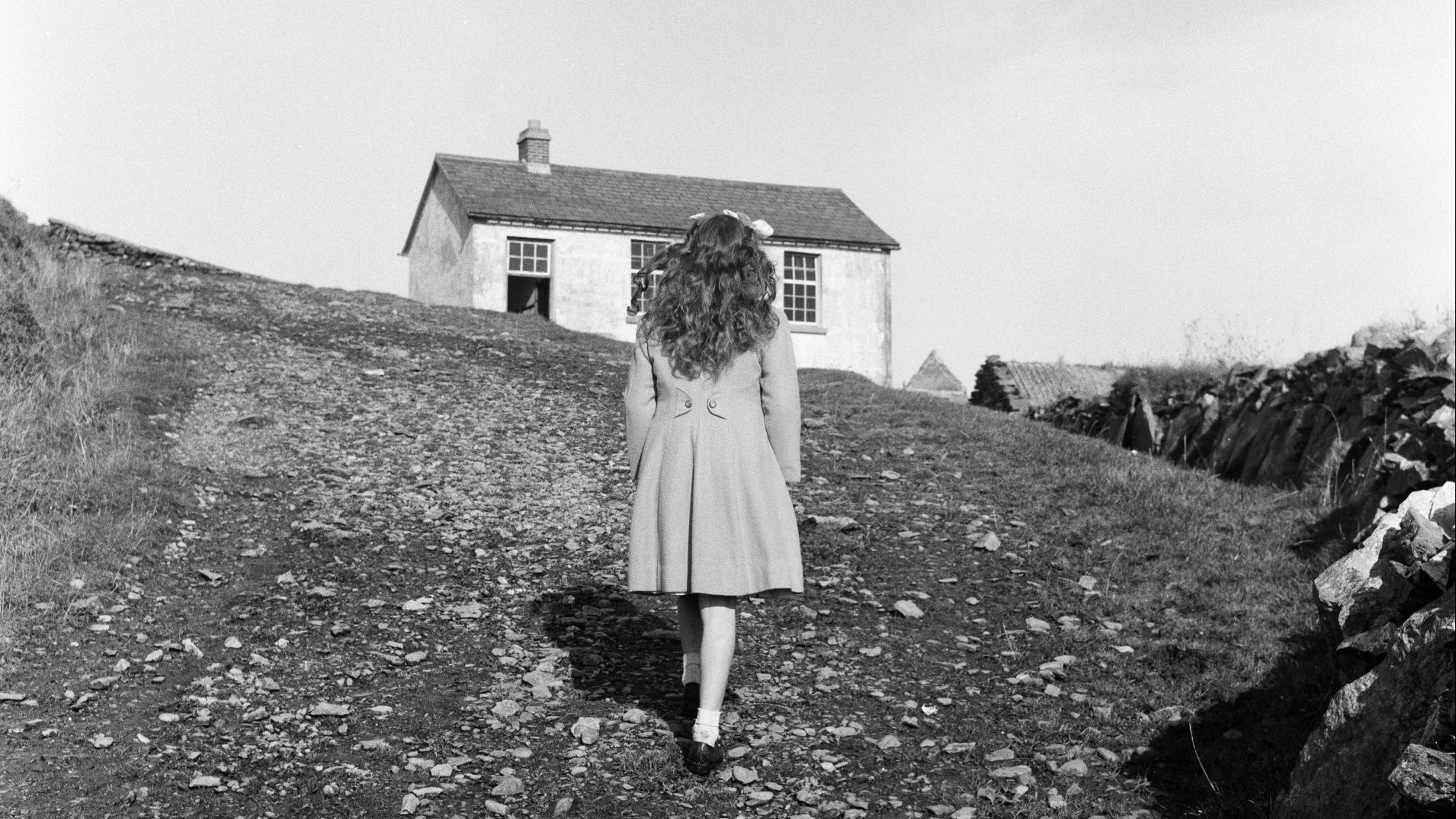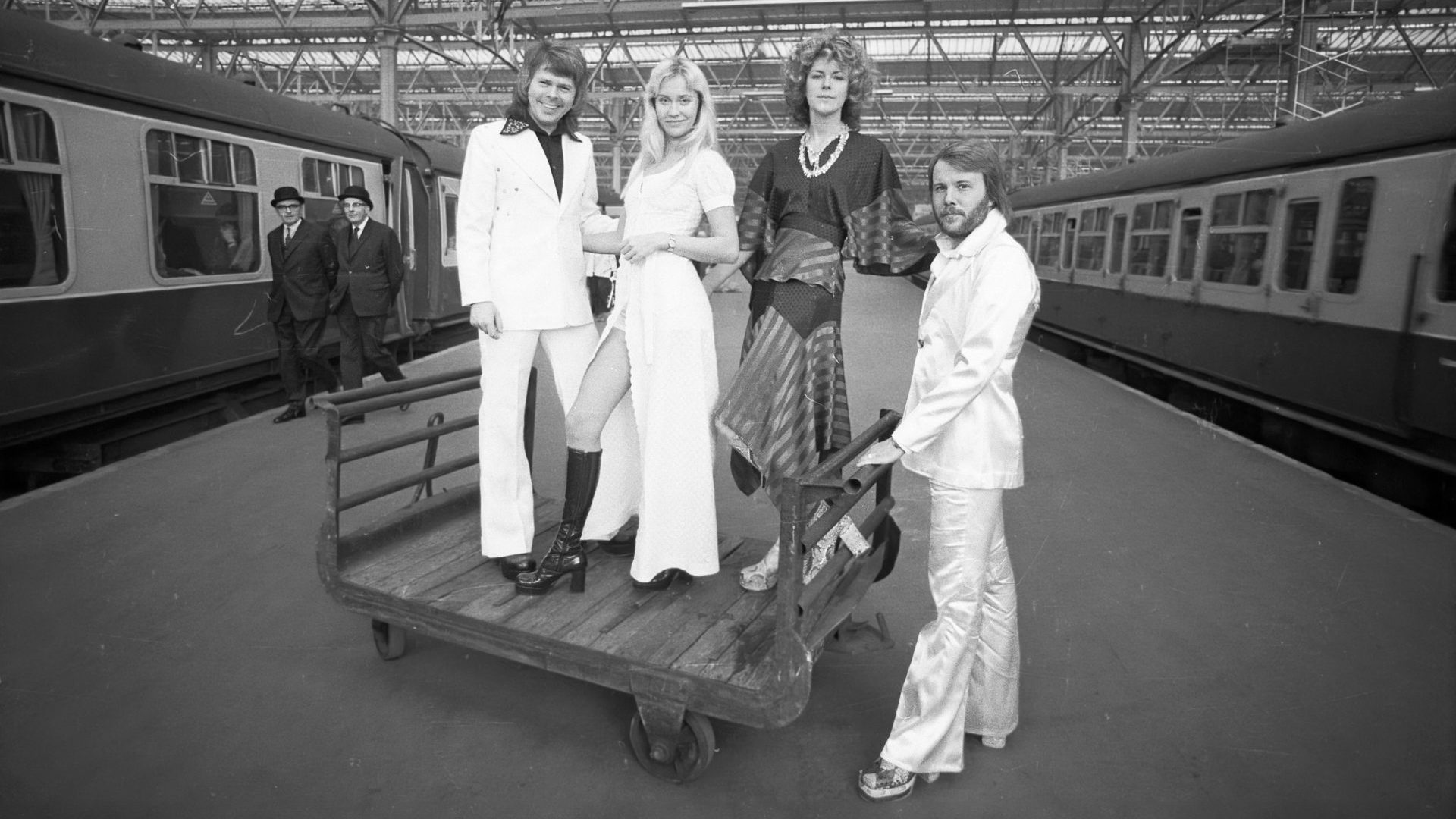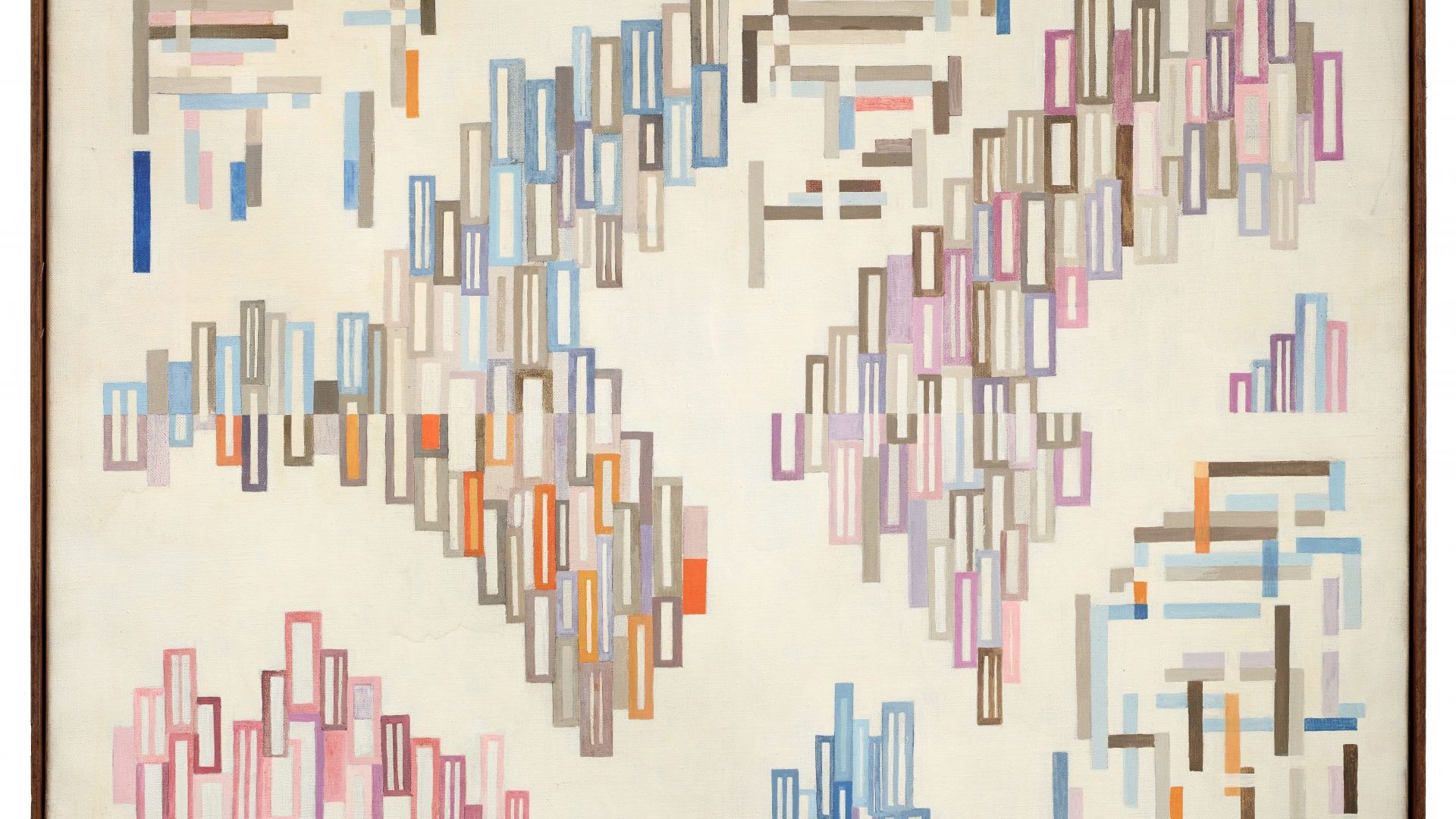It is fair to say these are pretty heady times for Ireland. Cillian Murphy’s Oscar for best actor last month is the highest-profile acknowledgement of a progressive few years for Irish culture, coming on top of events on the domestic front such as the resounding referendum results in favour of same-sex marriage and access to abortion.
These landmark moments in history shouldn’t mask other issues facing the Republic of Ireland on the domestic front – a serious housing crisis and a tiny but nasty group of far-right anti-immigration agitators, for example. But certainly there is nowhere in the world currently exercising more cultural soft power than the island on Europe’s western, Atlantic fringe.
While there have been stage and screen successes for the likes of Murphy, Saoirse Ronan, Paul Mescal and Sharon Horgan, not to mention a new wave of musical talent like Lankum, CMAT, Niamh Regan and John Francis Flynn, perhaps the most consistent cultural performer of them all has been Irish literature.
Over the last decade or so Ireland has been producing an apparently endless stream of fantastic new writers. Lisa McInerney’s 2016 Women’s Prize for Fiction win was the most tangible early success for the generation that emerged from the crippling recession of the late 2000s, while Anna Burns’s Booker win with Milkman in 2018 represented a huge cultural moment for the north.
This Hiberno-literary golden age scaled new heights last year when four Irish authors – Sebastian Barry, Elaine Feeney, Paul Murray and eventual winner Paul Lynch – made the Booker longlist. Add in Claire Keegan making waves with her exquisitely-crafted novellas and Sally Rooney – frighteningly ubiquitous for a while but seeming to have emerged unscathed – not to mention the likes of Marian Keyes, Tana French, Maggie O’Farrell, Kevin Barry, Edel Coffey, Caroline O’Donoghue, Louise Kennedy, Colin Barrett and Jan Carson and it’s clear this is an island punching way above its weight. Again.
Ireland has always been keener to promote and support its creativity than other nations. The Artists’ Exemption from Income Tax scheme survived the swingeing austerity that came with the recession, while significant meritocratic arts funding has always been more widely accessible in Ireland than it is in the UK.
Contemporary Irish writing also benefits from a supportive network among writers. There are excellent literary journals such as The Stinging Fly, once edited by Rooney and now by McInerney, and a burgeoning circuit of events and festivals where authors mix and support each other to an extent rarely seen elsewhere.
For many years now, arguably the most supportive and influential figure in contemporary Irish literature has been Sinéad Gleeson. A long-time literary critic for the Irish Times and the national broadcaster RTÉ, Gleeson has been a relentless champion of Irish writers. She is largely responsible for the resurgence in interest in Maeve Brennan, for example, the Dublin-born 20th-century writer and contributor to Harper’s Bazaar and the New Yorker, and author of outstanding short stories (an excellent collection of Brennan’s writing, The Long-Winded Lady, was re-published earlier this year with a new introduction by Gleeson).
Irish female writers have been scandalously overlooked in anthologies and even on the tea towels and posters celebrating “great Irish writers” available in the nation’s souvenir shops. In 2015 Gleeson compiled and edited The Long Gaze Back, a collection of short stories by Irish women that was followed a year later by another Gleeson production, The Glass Shore, a short story anthology showcasing female writers from Northern Ireland.
In 2020 came The Art of the Glimpse, a collection of 100 great short stories by Irish writers ranging from Sheridan Le Fanu to Blindboy Boatclub that is about as close to definitive as it gets, and two years ago she co-edited with Sonic Youth’s Kim Gordon This Woman’s Work: Essays on Music, including her own eloquent tribute to Wendy Carlos.
In between all the anthologising, however, came Gleeson’s remarkable 2019 collection of non-fiction essays, Constellations. Inspired by the female body, not least her own experiences of chronic pain and serious illness, musing on motherhood, ageing and the influence of physical pain on the creation of great art by women, Constellations was original, honest and beautifully written. It was the first full book of her own writing, and it was a towering achievement.
April brings one of the most anticipated novels of the current Irish golden age: Gleeson’s first full-length work of fiction, Hagstone.
Boasting a host of endorsements by heavyweights like Maggie O’Farrell (“intelligent, probing”), Booker Prize-winner Douglas Stuart (“gripped me from the start”), Aisling Bea (“a gorgeous, mysterious read”) and Roddy Doyle (“startling, engrossing, darkly playful”), few novels this year are as keenly awaited, inevitably heaping extra pressure on to a debut novelist.
Fortunately, those prestigious endorsers are bang on the money. Hagstone is a beautiful, wise and utterly captivating novel.
There are many layers to Gleeson’s fiction debut, a thick wodge of themes and characters, yet such is her skill as a writer that the book never becomes clogged or heavy. Meditative but never slow, pacy but not breathless, Hagstone gets the mixture of theme, character, plot, place and pace exactly right.
The novel is set on an island off the west coast of Ireland, immediately recognisable to anyone who has travelled in that part of the world with its shop, pub and church serving a scattered population. Tourism is the key economic factor here, where opportunities to make a living are scarce: even the doctor supplements his income by selling artisanal jam to visitors at the weekend market.
Also diversifying is Nell, an artist once notable enough to exhibit across the world but now struggling creatively, helping to make ends meet by giving guided tours to tourists during the summer season.
Like most islands the population is a mixture of surnames that go back generations and those washed up by the tides of circumstance, the escapees and the refugees, hiders and seekers.
Most tangibly, separate from the regular population at the western end of the island is an old convent occupied for the last three decades by a group of women. Not a religious order, but a self-contained community that likes to remain enclosed and unvisited, maintaining a basic cordiality with the rest of the islanders. Inevitably myths and rumours abound, but the relationship is an easy one.
Then out of the blue Nell receives an invitation from the women, who call themselves the Iníon, Irish for “daughters”, to create a lasting artistic commemoration of their community to mark the forthcoming 30th anniversary, falling on Samhain, the night of October 31. Apparently a straightforward request, albeit a surprising one, the collaboration turns out to be a pebble in the lake whose ripples come to disrupt the rhythms and routines of the island.
There is a strong and skilfully evoked folk horror feel to Hagstone, an eeriness that thrums beneath the story, not least in the form of a mysterious sound that rumbles occasionally across the island and causes every woman and girl, of whatever age, to bleed as if menstruating. To add to the mystery of the sound, which baffles geologists and audiologists – not everyone is able to hear it.
Exacerbated by the remote location, this eeriness is a bed for deeper contemplations. Like Constellations before it, Hagstone meditates on the female body: on the island the body is a conduit between woman and nature and the two become frequently enmeshed.
“The island has a way of tethering people to the soil,” writes Gleeson, and Nell, who grew up there, knows it like “the lines on my own palm”.
“I feel like part of my body is the island,” she says. “As if the stones on the beach are embedded in my heels.” Iníon Maman, the enigmatic self-appointed head of the community, tells Nell that she feels the climate in her own body, describing herself as “a bit of a weathervane”.
While the story plays out almost exclusively within the confines of the island, parts of it remain intriguingly just out of reach, vivid yet tantalisingly wispy, like reading a rainbow. In this there are echoes of Nell’s own creative processes; ideas emerging half-formed and constricted by everyday circumstance, in conflict with the traditional roles imposed on women by society.
“Wife. Mother,” she muses. “Those words are of no interest. Artist. That is the only thing that matters.”
Yet her interactions with the mysterious community and the fledgling friendships she forms there bring Nell to a place where more than art matters, building to the ultimate justification of the book’s thrilling climax.
The world Gleeson builds in Hagstone is tangible and evocative, the sea a constant presence, brooding, the mix of menace and bounty that helps define the character of island communities; the paradox of isolation as escape, the immensity of the sea and the distant horizon a reminder of our ultimate insignificance.
Looking towards that horizon, Nell “thinks of her grandmother, her hands clutching Nell’s as they paddled on this same beach. Her hard life of labour and scarcity. Her shattered body, trapped in a constant cycle of birthing, carrying, washing. Desire out of her reach. Untouched except in acts of wifely duty.”
Few novels convey the feminine struggle as well as this, yet Hagstone is infused with warmth and optimism, a generosity to humanity with all its flaws and foibles that echoes the generosity with which its author has always championed the writers of her own island.
It is long overdue, but with the extraordinary Hagstone the time has come, at last, for Sinéad Gleeson to be championed herself.
Hagstone by Sinéad Gleeson is published on April 11 by 4th Estate, price £16.99




